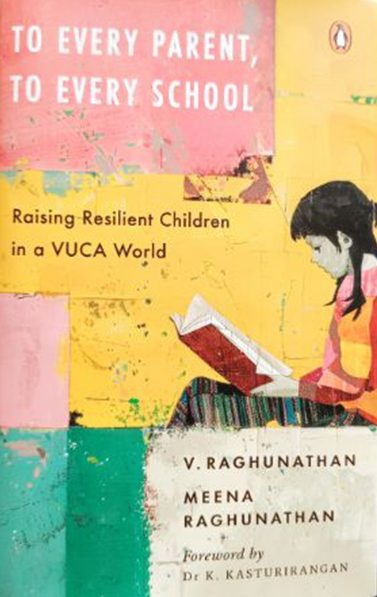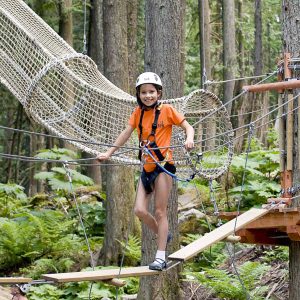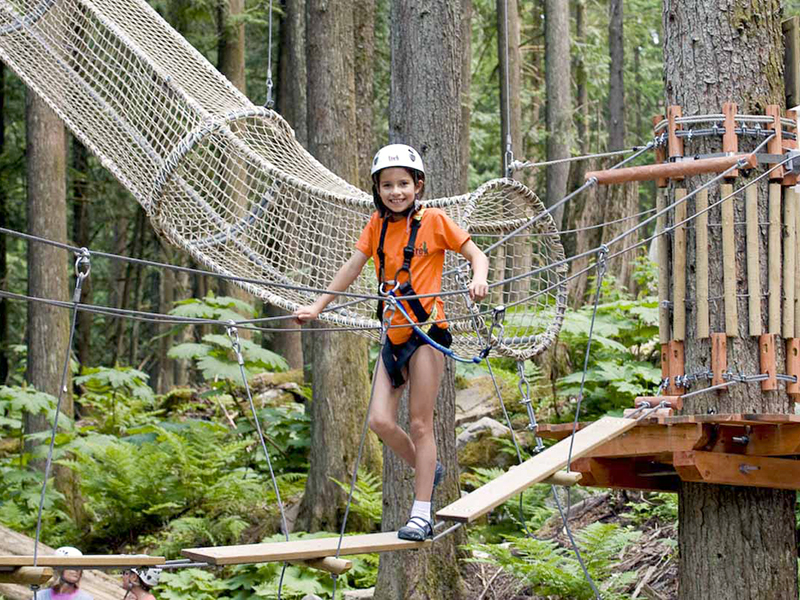No products in the cart.
Preparing to face a risky world
Academic, author, columnist, V. Raghunathan, former professor at IIM-Ahmedabad and CEO of GMR Foundation, and Meena Raghunathan, former executive director of CSR for the GMR Group and educator, Centre for Environment Education, recently co-authored To Every Parent, To Every School: Raising Resilient Children in a VUCA World (2024). This insightful book addresses the challenges of the VUCA (volatile, uncertain, complex and ambiguous) age and highlights the role of parents, teachers and education institutions in equipping children with the skills and capabilities to anticipate, navigate and adapt to the rapid changes that are unfolding. Excerpt:
Riskiness is intrinsic to living. Risks lurk behind everything we do. From walking, jogging, exercising, and gymming to crossing the road in front of one’s house, travel, choice of a life partner and career choices — all of them hide elements of risk, which can catch us unawares in the form of pain, injury or even death. But that hardly means we stop taking risks. There is a well-known quote attributed to J.A. Shedd that goes, “A ship in harbour is safe, but that is not what ships are built for.” In the same vein, we can minimize risk by minimizing any of our actions, but that’s not what life is all about. Nor is it realistic. We move about, travel, walk, swim, drive, fly, sail, make career choices, choose life partners, holiday, take up jobs, invest, dine at all types of restaurants, undergo surgeries, take examinations, and face heavy rains, floods, cyclones, earthquakes, landslides and much else — all because we live.
There is no avoiding risk entirely. Even if we sit at home doing nothing, there is no telling if a plane or a helicopter would not crash on our roof or an earthquake would not do us in.
At another level, risk-taking is the only way to higher rewards. True, in some ways, we can avoid taking undue risks, but some amount of risk-taking is unavoidable and even innate to human nature. That’s why people jump out of aircraft, mountaintops and tall buildings, climb Mt Everest, race in Formula 1, ski on steep mountain slopes and so on. Often, when people say, “Step outside your comfort zone”, they mean “Take a risk (and enjoy the rewards)”. They are often right because this is the only way to grow or experience life. The easy solution for shy people is to never step up to speak in public, for non-athletes to never step into a playground or for those who perceive themselves as weak in math to drop it at the earliest. But unless they dive in and push themselves, they may never discover their potential.
 Action Pointer 9: Teaching children to take risks
Action Pointer 9: Teaching children to take risks
It is important that parents and schools help children mindfully take risks. Here are some pointers from research on how this can be done:
- Discuss the risk and its consequences: Rather than merely being told to be careful, children need to understand why they must be careful and how they can reduce or avoid risk. For instance, if they want to skateboard, explain why wearing a helmet and elbow and knee guards is important.
- Introduce risk step-by-step: Children should be introduced to risky situations that they can manage and the level of risk and complexity should be increased gradually. They must also be supervised in taking these risks-whether using tools and implements, attempting tasks they have not attempted before, going out alone, etc. It needs to be kept in mind that the ability to understand and assess risk, and take decisions is directly related to the age and developmental stage of children.
- Be there but not!: Be around to ensure their safety, but not close enough to make them feel supervised. Don’t rush in at the first fall or failure. They must experience a sense of autonomy.
Caregivers need to be conscious of their own biases when they teach children about risk. Attitudes like ‘football is not for girls’, ‘girls won’t do well in math olympiads’ or ‘entrepreneurship is not for women’ send unhealthy messages to children and hamper the desire to take risks or try new things. Stereotyping children such as ‘he is not good at dance’ or ‘he doesn’t have the patience to practise for the competition, so what is the point of entering’ could close doors which could otherwise lead to a lot of satisfaction for children.
“Don’t be too timid and squeamish about your actions. All life is an experiment. The more experiments you make the better,” advised Ralph Waldo Emerson, , American philosopher and essayist
That’s good advice.
Risk management
Let us now transition to the broader domain of risk management. Risks need to be managed. Success comes when we take risks, but only after gauging and understanding the risks in any situation, the consequences and working to reduce them. Risk management consists of a few essential steps which can be taught in school and practised at home, preferably in real-life situations or using real-life examples. The process includes:
- Identifying the risk: Risk identification is examining a situation from all angles, which may involve brainstorming. For instance, if a camping trip is planned, the class or family could brainstorm and list down all the risks — from someone getting lost or a venomous snake at the campsite to possible falls, thunderstorms and animal attacks. The next step is to arrange all the identified risks in order of priority. For instance, the chance of a bear attack near an urban area may be small, but it would be higher in a forest. Prioritization helps us narrow down our attention to the more likely risks and prepare for them.
- Assessing the risks: It is important to identify the cause of the risks by asking the question, “What could cause such a risk and how could it influence our decisions? For instance, if after analysis, we identify thunderstorms as a major risk, we may conclude these are more common in the area in the month of August or September, so we can avoid going camping there in that period.
- Developing preventive mechanisms: Regarding the more significant risks, it is important to discuss preventive measures and to plan around them. For instance, if getting lost is a major risk, make a rule that no one must step out of the specified route or go out without an adult, or that everyone must wear a bright-coloured, luminescent T-shirt and carry an emergency whistle.
- Developing a response plan: Plans must be in place to address potential risks if they materialize. For instance, what will the group do in case there is a thunderstorm, snakebite or a fracture? This means having contingency plans for the more significant risk factors if and when they materialize.
(Adapted and published with permission of the authors and publisher Penguin Random House)

















Add comment